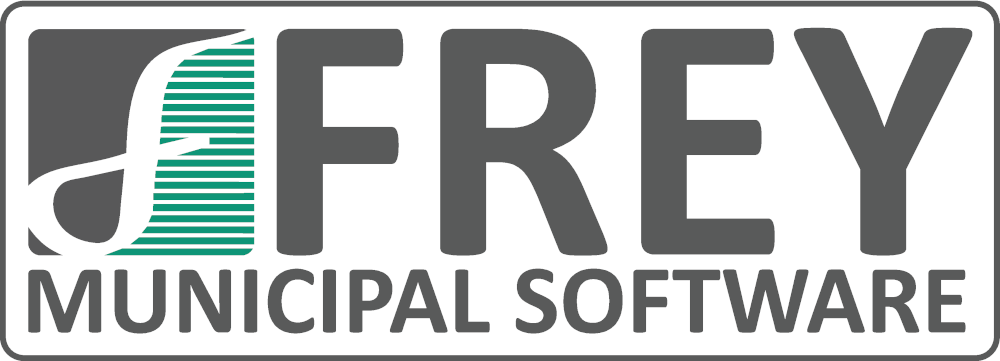BUCS 23 Tips & Tricks for Fund Accounting

Our support team is back with more ways to help you get the most out of BUCS.
Check out the latest BUCS Tips & Tricks
By Adam Best
Encumbrances: In BUCS Release 23, there is an option to selectively delete encumbrances. BUCS will give the user the option to pull up a range of encumbrances by P.O. number, Vendor number, Transaction Date, Due Date, Department, and Project number ranges along with the encumbrance status. The next screen will allow users to select and delete multiple encumbrances at once. Before deleting encumbrances, users can preview the encumbrance to make sure it is an encumbrance they want to delete. Previously, users had to delete encumbrances one by one individually. At year end, if a user normally deletes all their encumbrances, this new Selectively Delete Encumbrances should speed up the year end process.
Print Archived Encumbrances: New options with Print Archived Encumbrances include enhanced search features of Encumbrance Description Contains, Detail Description Contains, and Account Number Contains. The Encumbrance Description Contains allows the user to type a word that appears in the Encumbrance Description. For example, if a user would type in “Office Supplies”, BUCS would search for all Encumbrance Descriptions with “Office Supplies” in the description. Similar options would be available for Detailed Description and Account Number Contains.
By Dean Eldridge
Vendor Terms: Vendor Terms can now be created to be used when calculating the Invoice Due Date. Within the new Vendor Terms Maintenance menu option, unlimited Vendor Terms may be set up. These are defined as a four-digit code along with a 30-character description. Three calculation methods can be selected: Days After Invoice Date, Day of the Month and Days after the End of the Month. Once set up, these user-controlled methods are designated within Vendor Maintenance to be used each time an invoice is entered for the selected vendor. The Days after Invoice Date will utilize a pre-defined number of days within the Terms to calculate the Due Date as those number of days after the Invoice Date. For example, the number of days is set as 10 with an invoice date being entered as 9/10. The Due Date will automatically calculate as 9/20. The Day of the Month will always use a pre-specified date. An example would be if the date set up with the terms for the 15th. If an invoice is entered with an invoice date of 9/18/2023, the Due Date would be 10/15/2023. Finally, if the Days after the End of the Month option is selected, the Terms would have a pre-defined number of days. For example, the number of days for the Terms are set up as 7. An invoice is entered with an invoice date of 9/10/2023. The Due Date would be calculated as 10/7/2023 (7 days after the end of the month). With this, the Due Date would always be calculated into the following month. To utilize this option, first define the Terms in the Vendor-Terms menu option. Next enable the ‘Automatically Generate Invoice Due Date’ option on the A/P tab within the System Controls. When enabling this, default Invoice Terms can be assigned. This will be used if a Vendor doesn’t have specific Terms assigned. Lastly, assign the appropriate terms to each Vendor as needed. This new feature is great since many vendors often have slightly different “Terms”.
1099 Print: An option is now available when printing 1099’s to print on ‘Blank Paper’ rather than just printing the 1099 data on the pre-printed 1099 Form. This option would be best utilized for users that e-file their 1099’s. The forms printed on Blank Paper would include the 1099-NEC and 1099-MISC forms. Options are available to print Copy 1, Copy B, Copy 2 and Copy C versions. This option does not print the red Federal Copy A version form or the 1096. Those would either need to be e-filed (which in BUCS would require the Electronic Filing module) or printed out on a form. A 1099Files directory will be created in the BUCS\DATA folder storing all of the PDF forms used when BUCS produces these.
By Mike Emmerich
Journal Entry: A “Page Break Between Journal Entries on J/E Transaction Log” option has been added in System Controls on the G/L Tab. This feature, when turned on, will print a page break in between each Journal Entry. This change will also apply to the Transaction Log Reprint and the Auto Reverse Journal Entries Transaction logs. This is helpful for audits as Auditors are spot checking 10 to 20 Journal Entries for the year. This allows the user to give the Auditor a page for each of the Journal Entries they are spot checking without other entries being on the page.
Fee Receipt History/Reversals: New filters have been added on the Fee Receipt History and Reversal Screens. These filters are Name Contains and Description Contains filters. When information is entered into any of these fields, the program will check that specific field and see if the entered text is anywhere in the field. For example, if “Joe” is entered into the Name Contains field, the program will only show Fee Receipts that have the text “Joe” located anywhere in the Fee Receipt Name field. The Description Contains field is compared against the Description assigned to the Fee Receipt.
By John Milleck
Projects: Custom Fields can be created for Projects. These user-defined fields provide the user options to create and track additional more specific information on projects. To set up Project custom fields go to the G/L tab under System Controls. The options are to add up to 10 alphabetic, 10 numeric, 3 amount, and 3 date fields. The user has the option to make the custom field a “Required” field for a new project which improves consistency. An orange asterisk next to the field indicates to the user that information is required in the field when establishing the project.
Requisition Control: In the BUCS 23.0 Release, you now can add up to 10 users to the approval list for Encumbrances. Previously only 5 users were able to be assigned to the user’s security options. This gives the ability for more requisitioners to authorize approval of purchases.
By Nelson Strietmann
Vendors: When adding a vendor, the system will check to see if there are any other vendors that have the same name. If duplicate vendors are found, a list will display all of the vendors with the same name. This list will also display the vendor number, address line 1, status, type, and class. This will greatly decrease the chance of creating duplicate vendors.
Security: The “Require Password Change at Next Login,” option is under the Edit User/Password settings page in System Controls. When this option is checked, a password must be assigned to the user before updating their settings. The next time the user attempts to login, they will be required to create a new password for their account.

Fund Accounting, Payroll, and Utility Billing Software
Learn more about the suite of products FMS has to supercharge your office.
